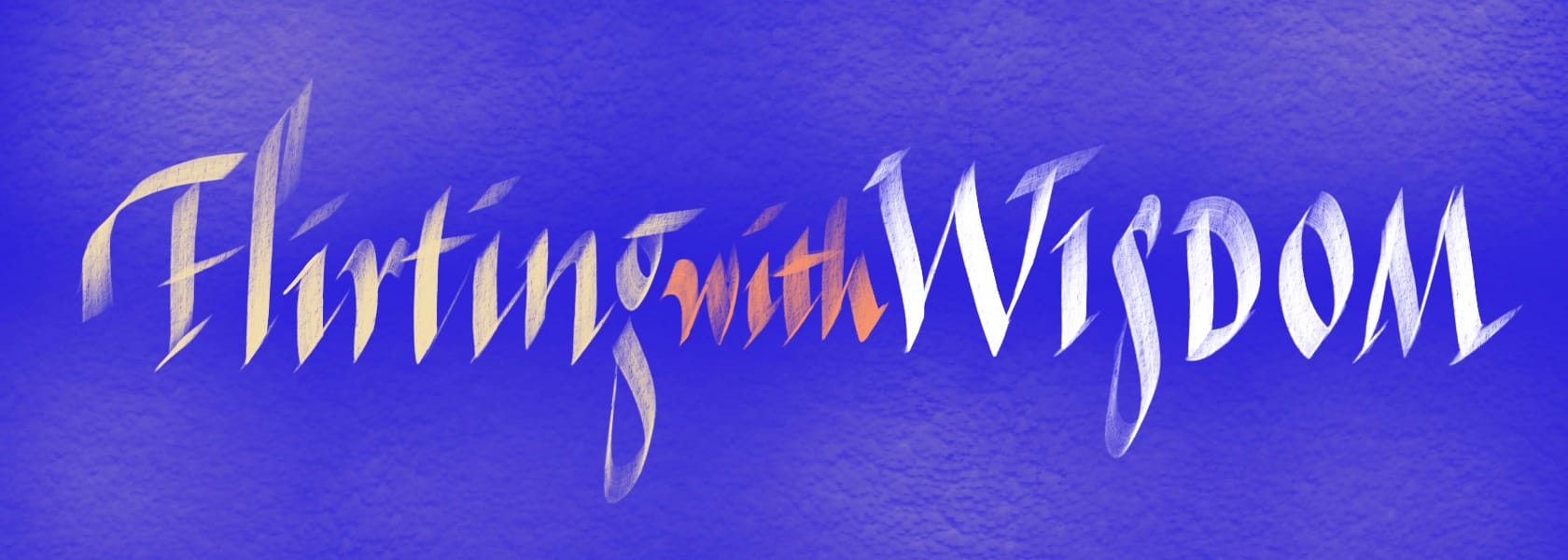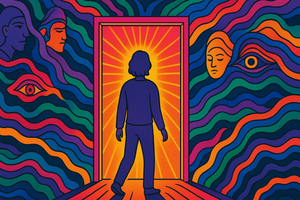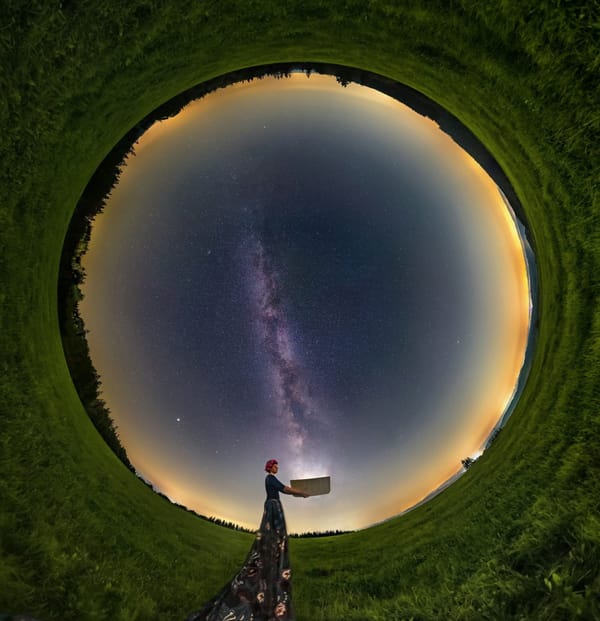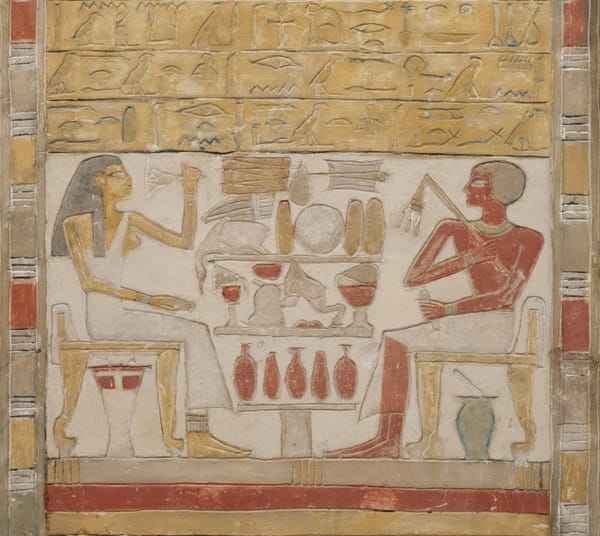There is something exciting about the idea of canyons. They are grand, awe-inspiring, and great places if you are into the more extreme forms of rafting.
Most people have heard of Colorado’s Grand Canyon – and many have been to it. However, while it is probably the most photographed canyon in the world, it is not the largest. That honour goes to China’s Yarlung Tsangpo Grand Canyon, which is the world’s deepest and is also longer than Colorado’s.
In length, however, both are outdone by Greenland’s Grand Canyon, which is over 750 kilometres long. That canyon is almost certainly the world’s least photographed, since it currently lies under a rather inconvenient ice sheet.
And, just while we are talking records, the widest canyon is none of the above. That honour goes to Australia’s Capertee Valley.
Land-based canyons occur when the geology around a river makes it easier for the river to dig out a deeper course than to cut through the surrounding rock. Logically this could mean they stayed narrow and simply got deeper, but that is not what happens.
Sometimes the rock of the canyon walls gets undermined, so that they collapse. Other times, the water at the edges of the river forces itself into cracks in the rocks, and then when it gets cold enough for water to freeze, the trapped water in the cracks expands and breaks the rock apart.
Hence, the canyon walls crumble, and the canyon gradually increases in width as well as depth. The edges of something that was once a single, layered stretch of ground turn into two towering cliffs, moving ever further apart.
The edges of something that was once a single, layered stretch of ground turn into two towering cliffs, moving ever further apart.
Perhaps you have spotted the analogy. It seems to me that we are currently in the process of political canyon forming.
Somewhere in the headwaters, the rivers from the highlands of progress and the rivers from the highlands of tradition converge to create the chopping, churning, turbulent river of division. And that river is starting to carve away the land where the two blocks once met.
The extreme frost around the river’s edge and the undercutting of the places that are closest together means that the two canyon walls are moving apart with unseemly haste.
Sometimes, the walls collapse, forming a dam between the two sides, but all you get is a temporary bridge which the river inevitably breaks down.
It is easy to accept a canyon as a fact of life. To photograph it. To admire the forces that created it. To raft the rapids. Or to routinely shout at the people on the other side, who are now far enough away that our voices won’t reach. But I don’t think we should accept this state.
If we allow the forces of canyon creation to go unchecked, then the canyon will slowly become a gulf and then an ocean.
I would like, instead, to imagine, (for imagination can contain the seeds of hope), that it is possible for the rivers of progress and tradition to come together differently, before then continuing onwards as a new river.
Its name would not be unity (or monotony). Rather, we could optimistically call it harmony: a balance that allows the different currents to flow their own paths while weaving together into something beautiful. And this river would spread wider and nourish the earth, rather than carving it into a canyon surrounded by barren cliffs.
And this river would spread wider and nourish the earth, rather than carving it into a canyon surrounded by barren cliffs.
For that to happen, I imagine the inhabitants of the highlands of tradition might, among other things, need to accept that change is ultimately inevitable. Likewise. the inhabitants of the highlands of progress might need to accept that change takes time – longer than they want. And both groups would need to talk and listen to one another, for great harmonies are born of careful listening.
The current lack of willingness to listen sympathetically to one another is, I think, exacerbating our political divisions. So, too, is each group’s unwavering conviction that it, alone, is correct.
Yet the canyon is not caused by correctness. It is caused by division and by discord. So maybe it would help if people of all political persuasions sat back and contemplated what they are doing, individually, that might be adding to our current divisions. And what they could do instead to create more harmony.
I would like to get to the point where we could make mountains rather than canyons, but that is a discussion for another day.

Each vignette invites readers to embrace the beauty of unfinished thinking and the art of holding life’s ongoing questions.











Member discussion